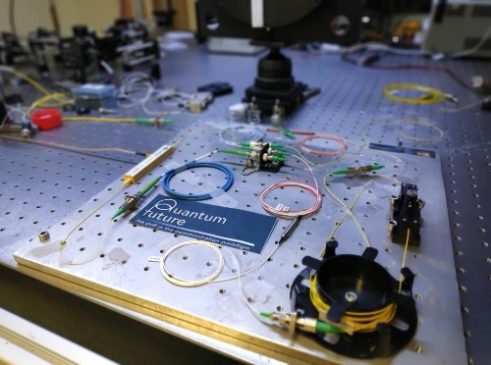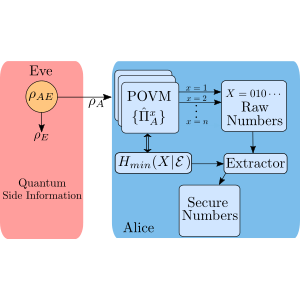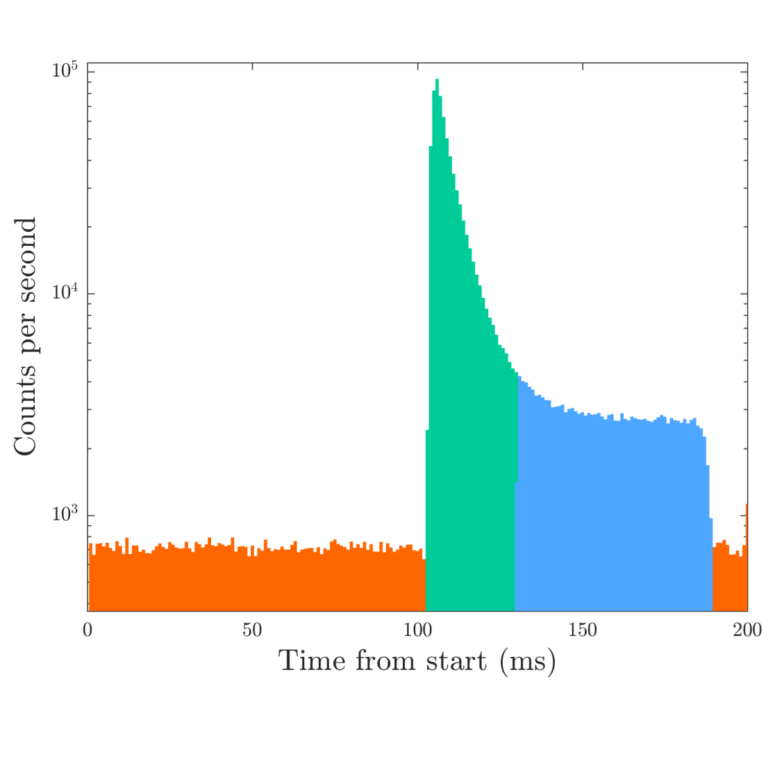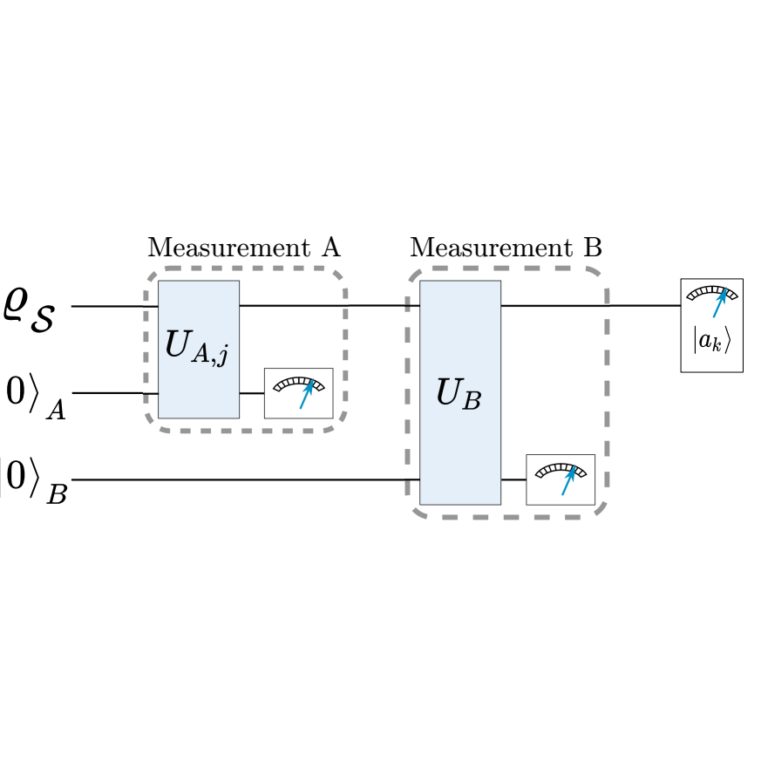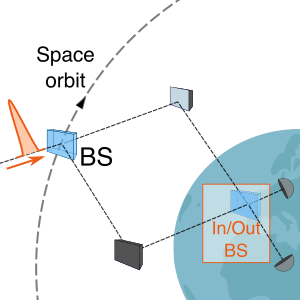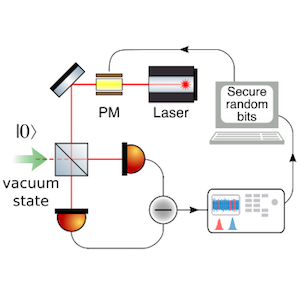Simple Quantum Key Distribution with qubit-based synchronization and a self-compensating polarization encoder
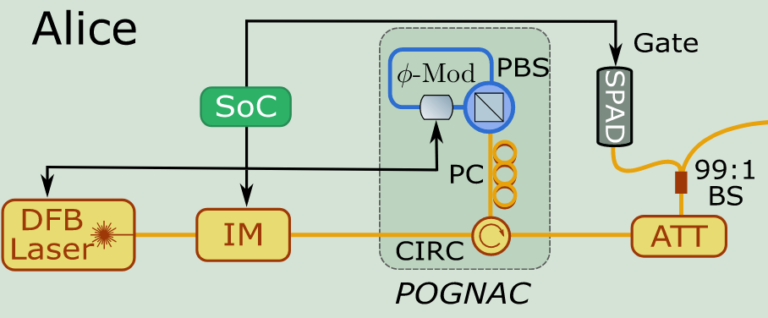
Quantum Key Distribution (QKD) relies on quantum communication to allow distant parties to share a secure cryptographic key. Widespread adoption of QKD in current telecommunication networks will require the development of simple, low cost and stable systems. However, current QKD implementations usually include additional hardware that perform auxiliary tasks such as temporal synchronization and polarization basis tracking. Here we present a polarization-based QKD system operating at 1550 nm that performs synchronization and polarization compensation by exploiting only the hardware already needed for the quantum communication task. Polarization encoding is performed by a self-compensating Sagnac loop modulator which exhibits high temporal stability and the lowest intrinsic quantum bit error rate reported so far.The QKD system was tested over a fiber-optic link, demonstrating tolerance up to about 40 dB of channel losses. Thanks to its reduced hardware requirements and the quality of the source, this work represents an important step towards technologically mature QKD systems.


